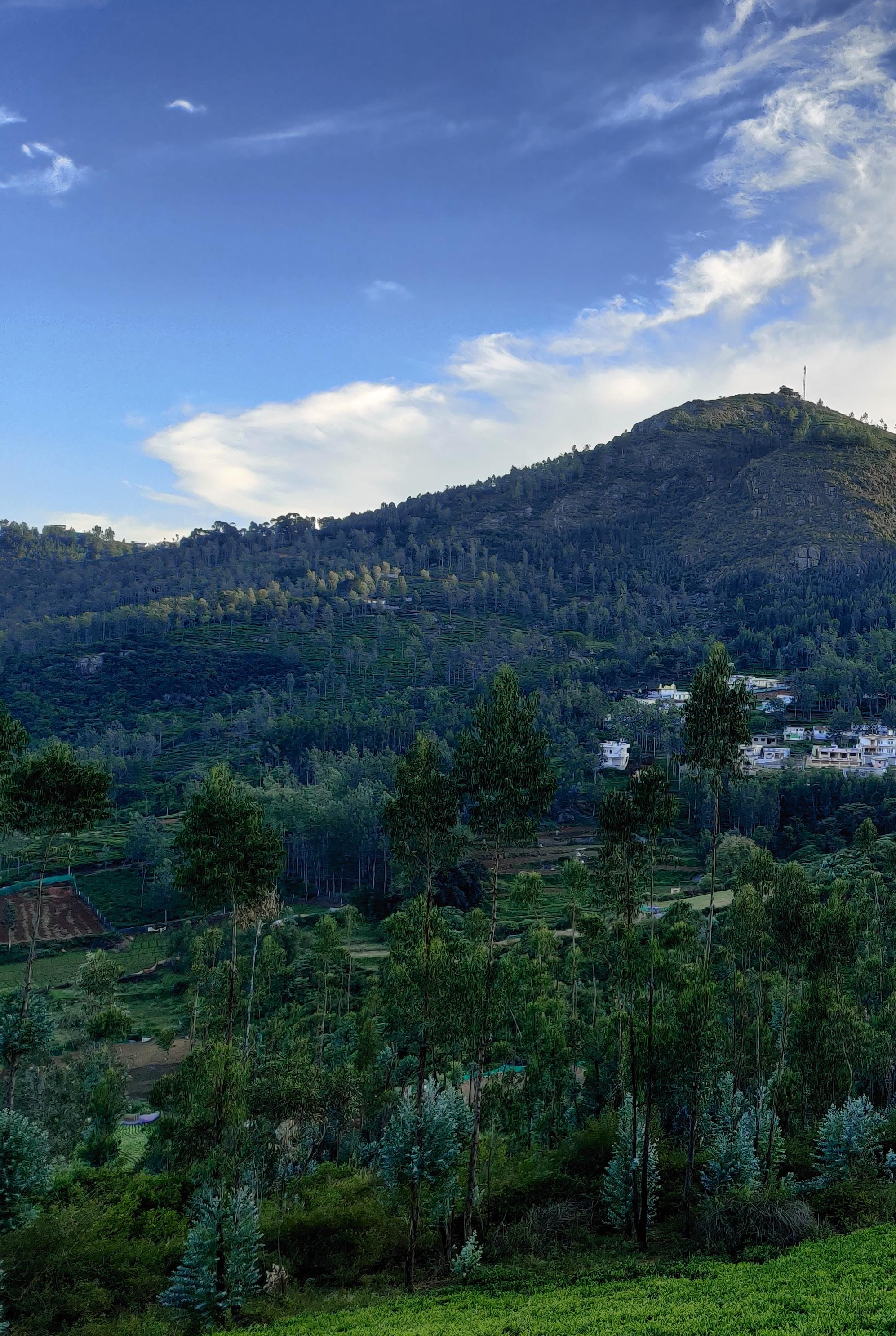
10 minute read
SPLENDID SOUTHERN DISCOVERY
Amesmerizing South India travel experiences of a solo Woman traveller, Dr. Mithra Satheesh, who travelled through a less crowded routes during the post COVID 19 lockdown period
Covid changed many things in the world. It also changed the way I travelled. Earlier , I was a solo traveller who preferred public transport as my main mode of travel. As physical distancing became the new norm after Corona, I started travelling in my Maruthi Scross. First trip that I made was to Hampi. I chose Hampi because Hampi is a destination frequented more by foreigners. With International travel bans, Hampi was definitely going to be deserted. I was apprehensive of whether I will catch the virus during my travel.
Advertisement
A mesmerizing South India travel experiences of Dr. Mithra Satheesh, who travelled through less crowded routes during the post COVID 19 lockdown period
But I had reached my limits with six months of ‘no travel’. Also, I felt being a responsible traveller, I have to contribute to revive the tourism industry which was one of the hardest hit segment.
As soon as the interstate borders were opened for tourism in September, I embarked on my first long drive. Eventhough Hampi was 900 kilometers away, I didn’t want to take a break and

37
resume the journey for I want to avoid contact with people as much as possible. Multiple hotels means I will have to interact with more people. The NHAI Highways were so smooth that I completed my drive in 13 hours. I stayed in a homestay in Sanapur village, 27 kms from Hampi. I didn’t want to stay in a touristy location as I felt the risks were more. I also enjoyed the view of Sanapur lake nearby. I took an ASI certified guide and explored the ruins of Vijayanagara in detail. With very few local tourists around, I thoroughly enjoyed the solitude presented by Hampi. I covered Virupaksha temple, Hemakuta hills, Krishna temple, Vittala temple and Royal centre. The most exciting thing I did at Hampi was to go in search
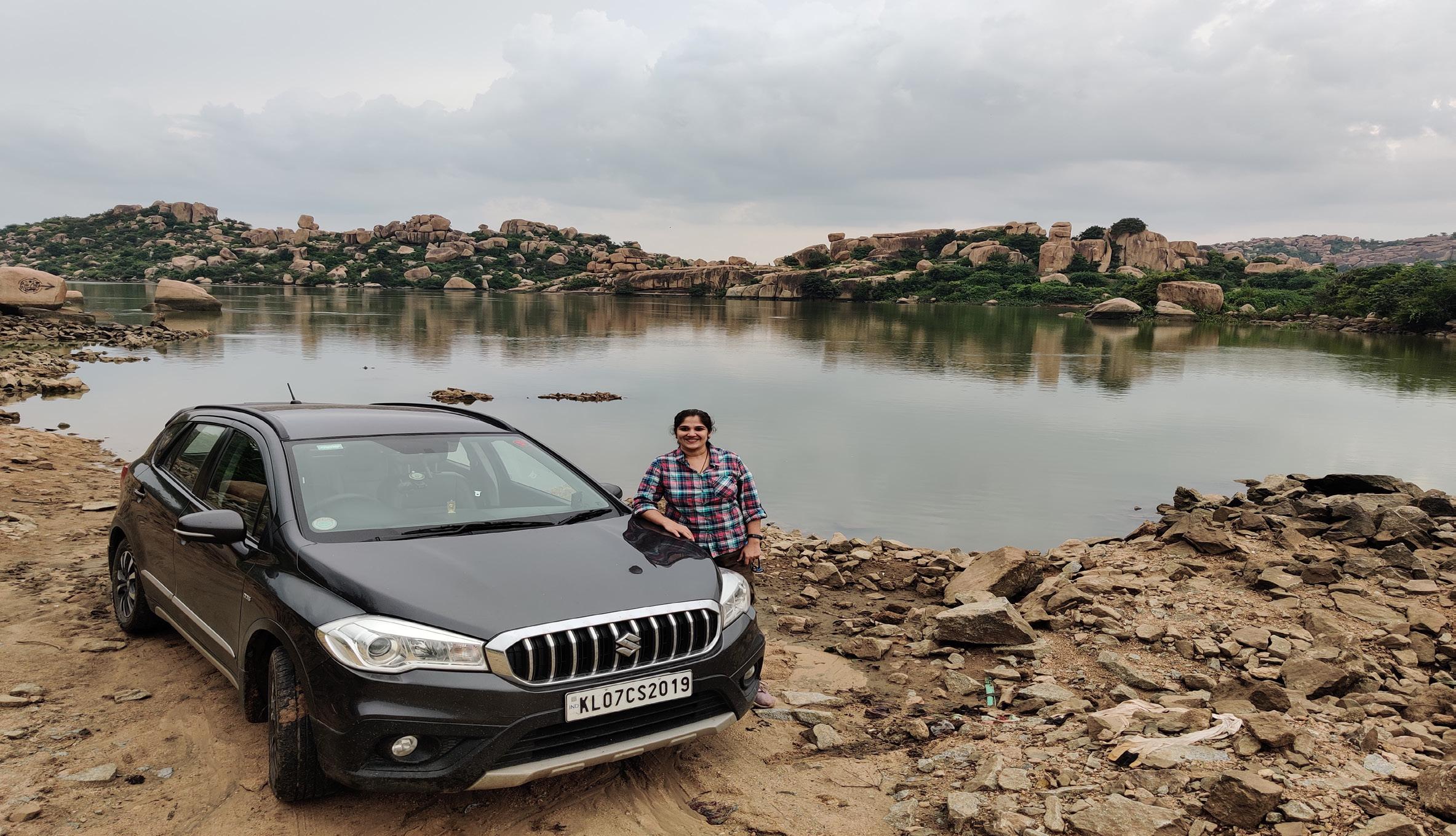
of kodi Sivalinga or thousand Sivalingas. It is a lesser known ruin of Hampi. Thousand tiny sivalingas are carved on a rock by the riverside. To reach it, I hadto take Kampabhupa trekking path which is an ancient riverside path that connects Virupaksha temple to Vittala temple. Along the path there are ruins of many other interesting temples like Kodanda rama temple, where coronation of Sugreeva by Rama took place. Fourth day of the travel , I wanted to have some unique experience and I visited the Anegundhi village which is located on other side of river Thungabhadra. On this part of Hampi, there are some places which the locals connect with Ramayana. Anjaneya temple where Hanuman was born, rishimukh hills where Sugreeva hid from his brother Bali, caves near Durga temple where Bali resided, the pond near which Sabari, a devotee of Rama waited
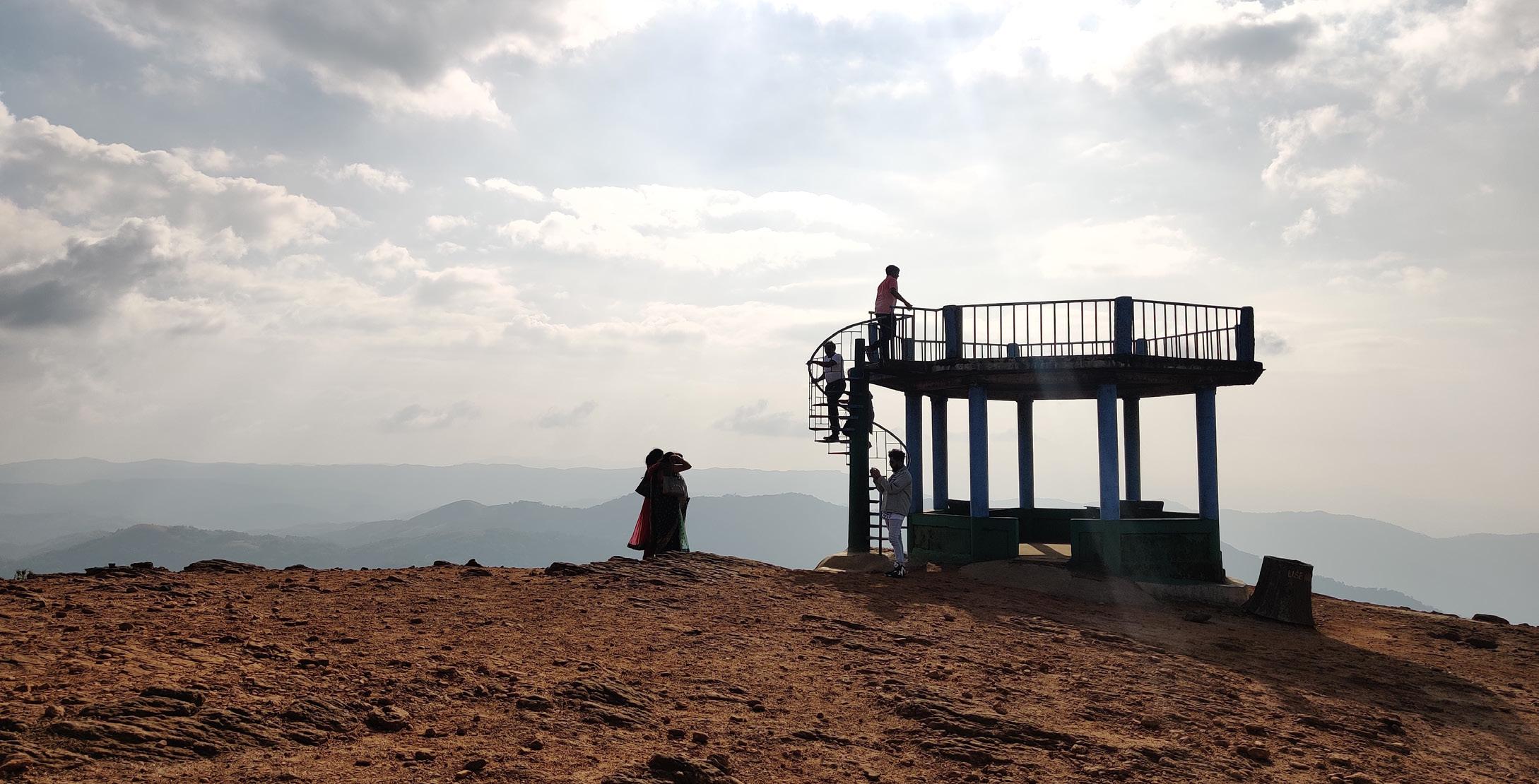
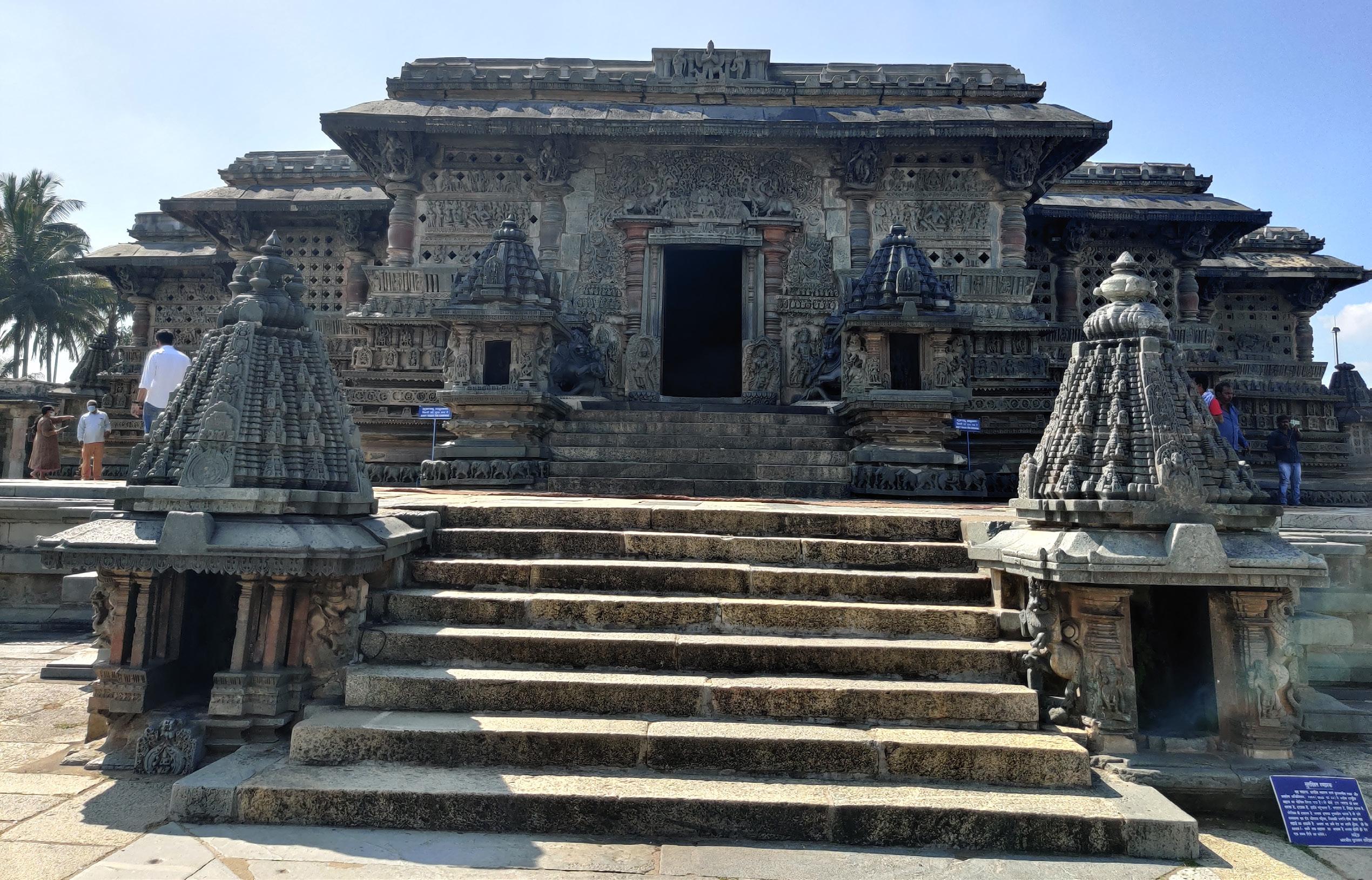
are just few of the places. I was moved by the women empowerment works that an NGO had undertaken at Anegundhi village. Women were trained in making ropes from dried banana plant skin and stems of water hyacinth. These ropes were then used in making a variety of items ranging from bags and purses to floor mat. I managed to spend few hours with a nomadic shepherd family who had pitched their tent on a hill along the highway. On way back I also visited the Chitradurga Fort. The trip was a good one and after very long time I felt rejuvenated. I also started enjoying solo long drives.
I went into quarantine for seven days after reaching home. That was the most painful part of Post Covid travel. Earlier I could have spend more time on road.In Kerala, Post covid travel demanded a good number of days in quarantine once you reach back after an interstate travel. In Novemeber, I set out on my next journey. This time I visited the Toda tribes of Nilgiris. Todas are the indigenous tribes of Nilgiris who have been pastoralist from time immemorial. They rear a peculiar species of semi domesticated Buffaloes with curved horns, huge body and short legs. They lived in valleys surrounded by thick Shola forests. Their half barrel shaped huts made of cane and mud is something very interesting to
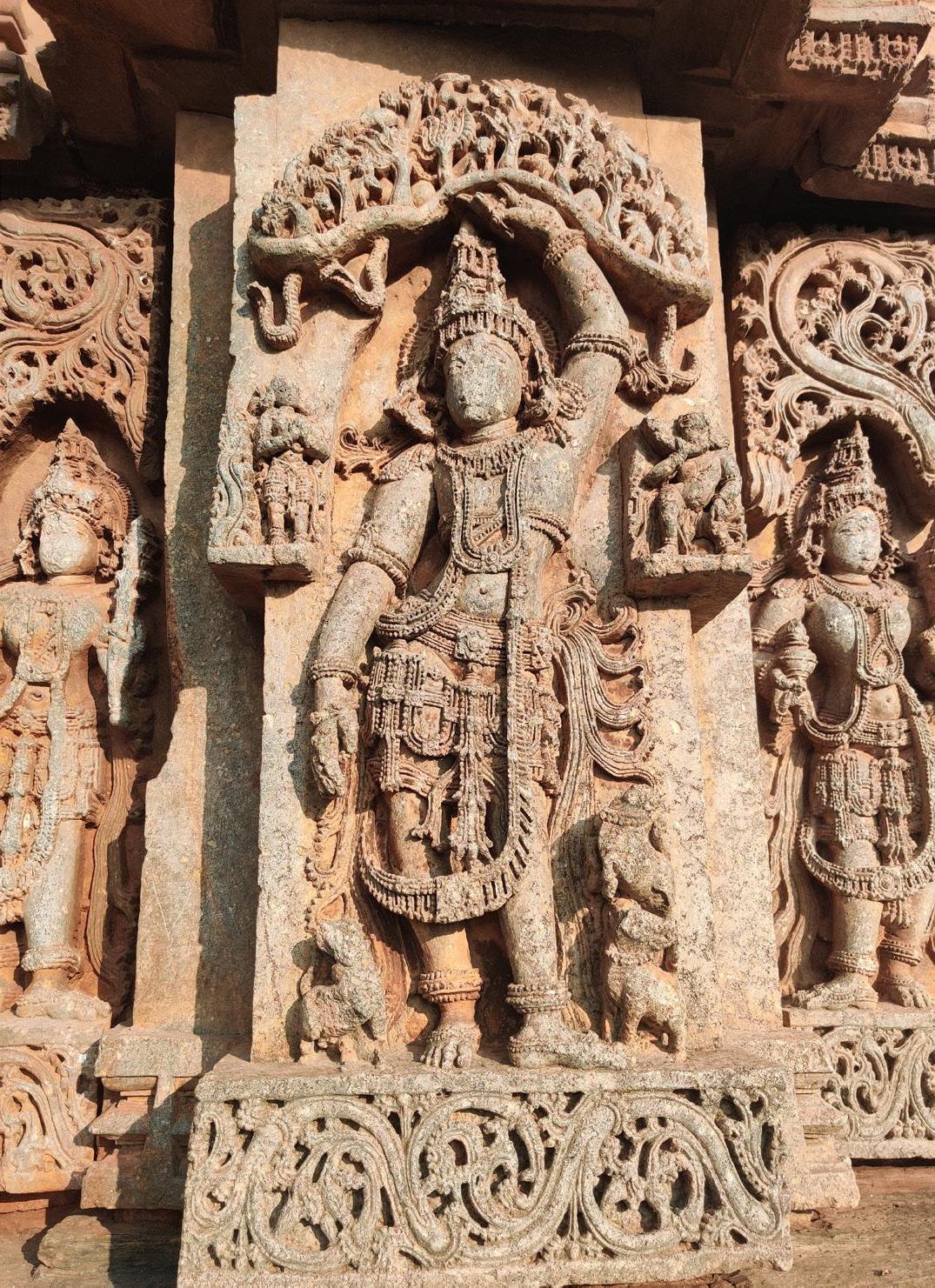
39
Three long drives in a span of three months during covid was indeed a life-changing experience for me. I enjoyed my transformation from a solo budget traveller to a solo road tripper! I enjoyed the freedom that comes when I travel in my own vehicle, the wonderful opportunities presented to me along the way when I drove around the villages. I have to be thankful to Covid for instilling the changes! Dr. Mithra Satheesh

experience. I was also fortunate enough to be invited to a Toda tribal wedding when I was at Ooty. Social wedding takes place when the girl is seven months pregnant. Entire tribe gather at the girls village and celebrate the wedding with great merriment - dance , music and free booze!! I visited the Irula tribes in Kothagiri. Irulas are famed tribal musicians. They showed me their traditional musical instruments. They had also made instruments similar to drum and guitar out of cane.I was taken aback by the courage shown by Lekshmyamma , a 92 year old lady who lived alone in an open hut deep inside forest thronged by wild beasts. I enjoyed the moments spend with the tribals. But I had to take extra hygiene measure to ensure I didn’t carry the virus into the tribal hamlets.
I wanted to end the year 2020 by undertaking a road trip I true sense. The two earlier drives were to a single destination. As I became more confident about solo long drive, I knew I had to push my limits further. I took a weeks break from hospital duty and drove around Karnataka. I started with Coorg. I have always been enthused by the fact that inspite of Kodavas, the natives of Coorgs, being brave warriors, they were ruled for over two hundred years by Lingayath kings of Haleri dynasty. I visited the few monuments that remains of Haleri dynasy like Madikkeri Fort, Raja’s seat, Raja’s tomb, Nalkanadu Mana, Iguthappa temple etc. The most thrilling thing that I did in Coorg was to go in search of a Bhagavathy temple in Haleri village to see the ages old deer horns hanging from its roof. At Coorg , I stayed at a homestay in Napokulu which was cosily nestled in a coffee eastate. I also managed to get some local contacts and visited the ancient homes of kodavas called ‘ainmane’. It was interesting to learn about culture of Kodava community, which is the only community exempted from needing a gun licence for using fire arms!And kodava cuisine is a unique experience with a diverse range of food items prepared from rice. Their pork curry called panthi curry is prepared by cooking pork in a fermented distillate of a local fruit and is something not to be missed when in Coorg.
From Coorg I moved to Belur. I didn’t want to travel along the conventional highway. So I took state highways. The scenic drive through Bisle ghat was an unforgettable experience. I stopped at

many villages on the way to enjoy their rustic lifestyle. After exploring Sakleshpur fort, I visited the famed Hoysala temples and Belur and Halebidu.I also visited the Belavadi temple build by Hoysala. This temple houses the most beautiful Krishna idol as certified by ASI is situated in this temple. On equinox day every year, the rays of sun passes through seven doors in the temple and fall on the main idol. Temple is small when compared to the ones in Belur and Halebidu. But the gopuras of this temple are the tallest amongst all the Hoysala temple gopuras. I spend the night at KTDC mayura, as there was no home stay option and only Mayura offered car parking. That’s one disadvantage of taking your car. You need to find a safe place for your vehicle as well !
On the way to Shravanabelagola , I visited the Dodagadavally Lekshmi temple a ‘one of its kind’ temple. This is considered to be oldest Hoysala monument that has been found intact and is unique because of its Chathushkuda arrangement that is four sub temples are placed on a common base and open into a common hall. This is the only chathushkuta temple. There are other things too that makes this temple an interesting place. One can see skelton structures inside the temple which are supposed to be Vethalas guarding bhadrakali. I had never seen fierce looking skeltons exhibiting their nakedness in another temple and that too, they were more than 8 feet in height. Among the two diametrically opposite temples, one set is Vishnu and Bhadrakali and the Other is Lekshmi and Siva.This temple deviates from the general temple norms - Vaishnava idol opposite another Vaishnava and instead a Saivite idol is placed opposite to Vaishnavite idol. Here , . Lekshmi is in a standing position holding a conch, rosary beads , gadha and chakra which is an unsual position.
At Shravanabelagola,I enjoyed the sunset more than the tallest monolithic statue. It is believed to be one amongst the most beautiful sunset that can be witnessed in Karnataka. After sunset, I proceeded to Melukote which is 35 kms away. Next day, I explored Melukote , a village with many specialities. It is the place where Ramanuja,a vedic scholar spend nearly 13 years. Melukote was a main Sanskrit learning centres centuries back itself. Surprisingly one finds that time machine stopped working years back in this village.The entire activity of villagers revolve around Cheluvanarayana Swamy temple. Day begins with reciting vedas in front of lord, and participating in various poojas through out the day. People still follow age old customs and dress up ancient style. Kids learn vedas through gurukula method. They stay with guru at his house and recite Vedas from
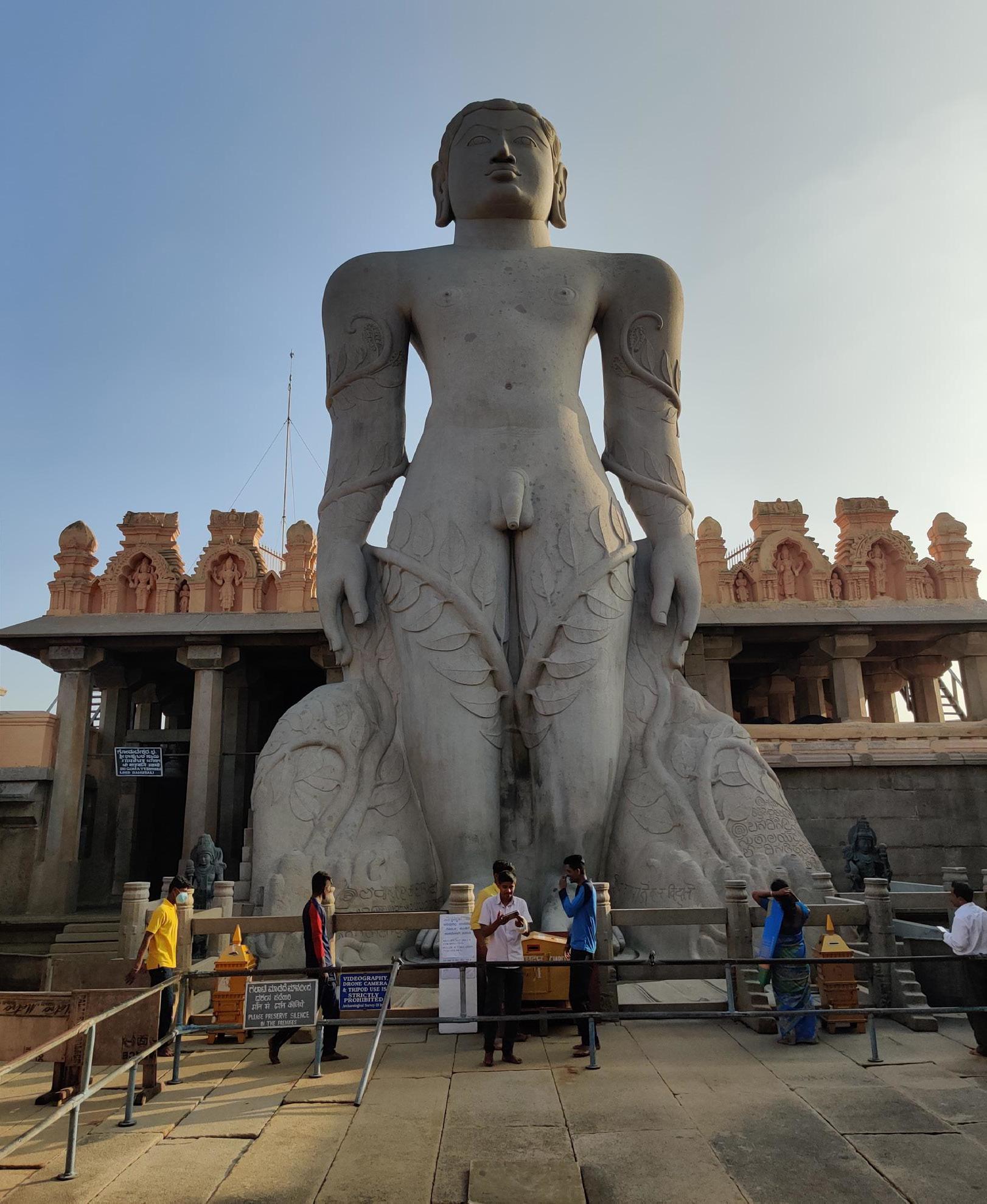
43
FEATURE /TRAVELOGUE
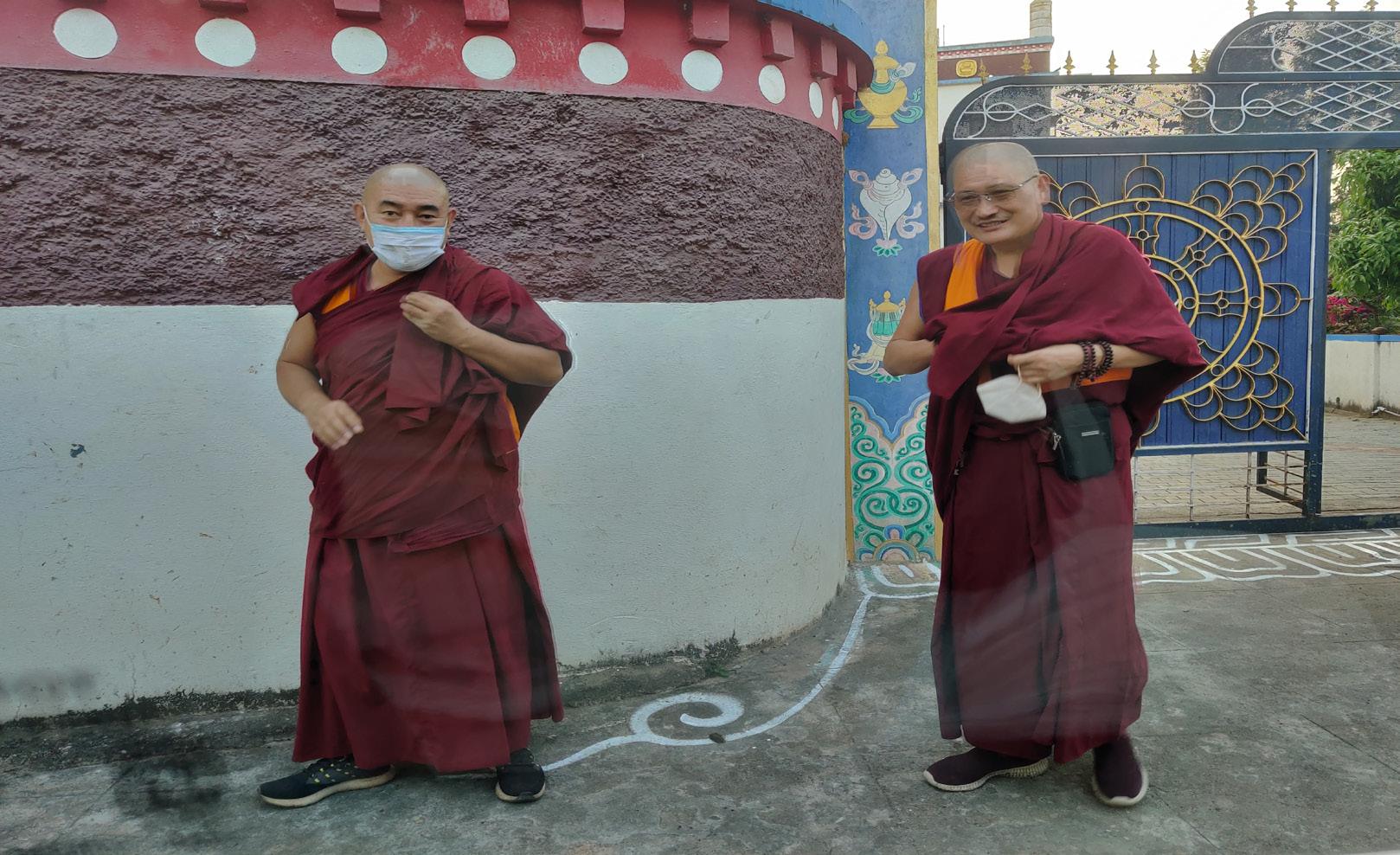
dawn to dusk. Yoga Narasimha temple perched on the top of a tall hill is another monument which is not to be missed. What moved me the most in Melukote was the fact that villagers took great efforts to maintain 108 ponds spread across the village. As a result, even though the village is located at a higher altitude , there is round the clock water supply in every home. Amongst the ponds, the chief pond named Kalyani is one of the most beautiful ponds with turquoise water.I felt so much in love with the village that I decided to stay there for three days and relax. I also managed to visit temples at Thonnur , a nearby village. One of the temples here , has a box in which the bag used by Ramanuja is preserved! I winded my journey at Melukote and returned to Cochin.
Three long drives in a span of three months during covid was indeed a life changing experience for me. I enjoyed my transformation from a solo budget traveller to solo road tripper! I enjoyed the freedom that comes when I travel in my own vehicle, the wonderful oppurtunities presented to me along the way when I drove around the villages. I have to be thankful to Covid for instilling the changes!
Tough situations never last but tough people do !
Text & Photographs by Dr. Mithra Satheesh
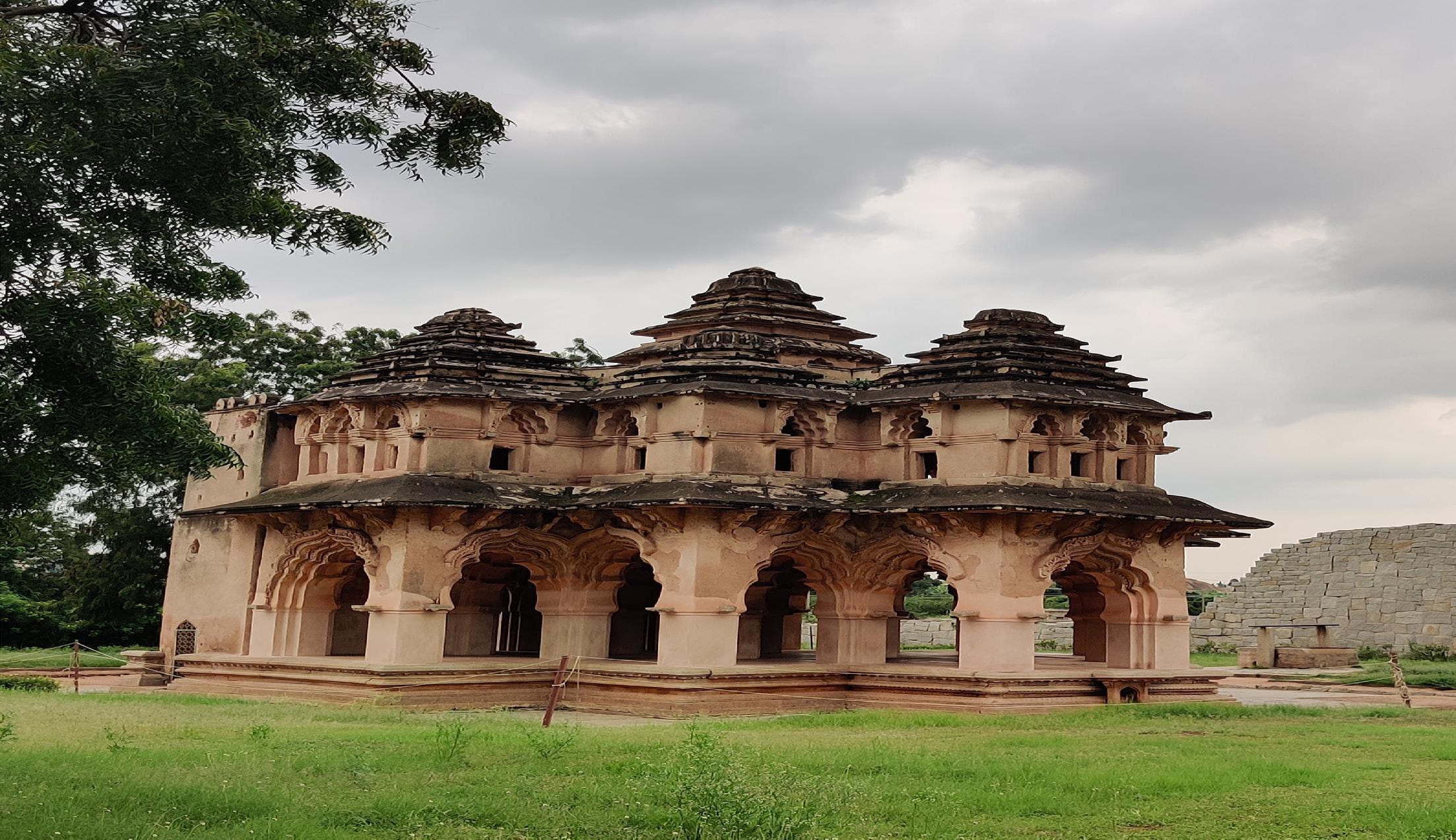

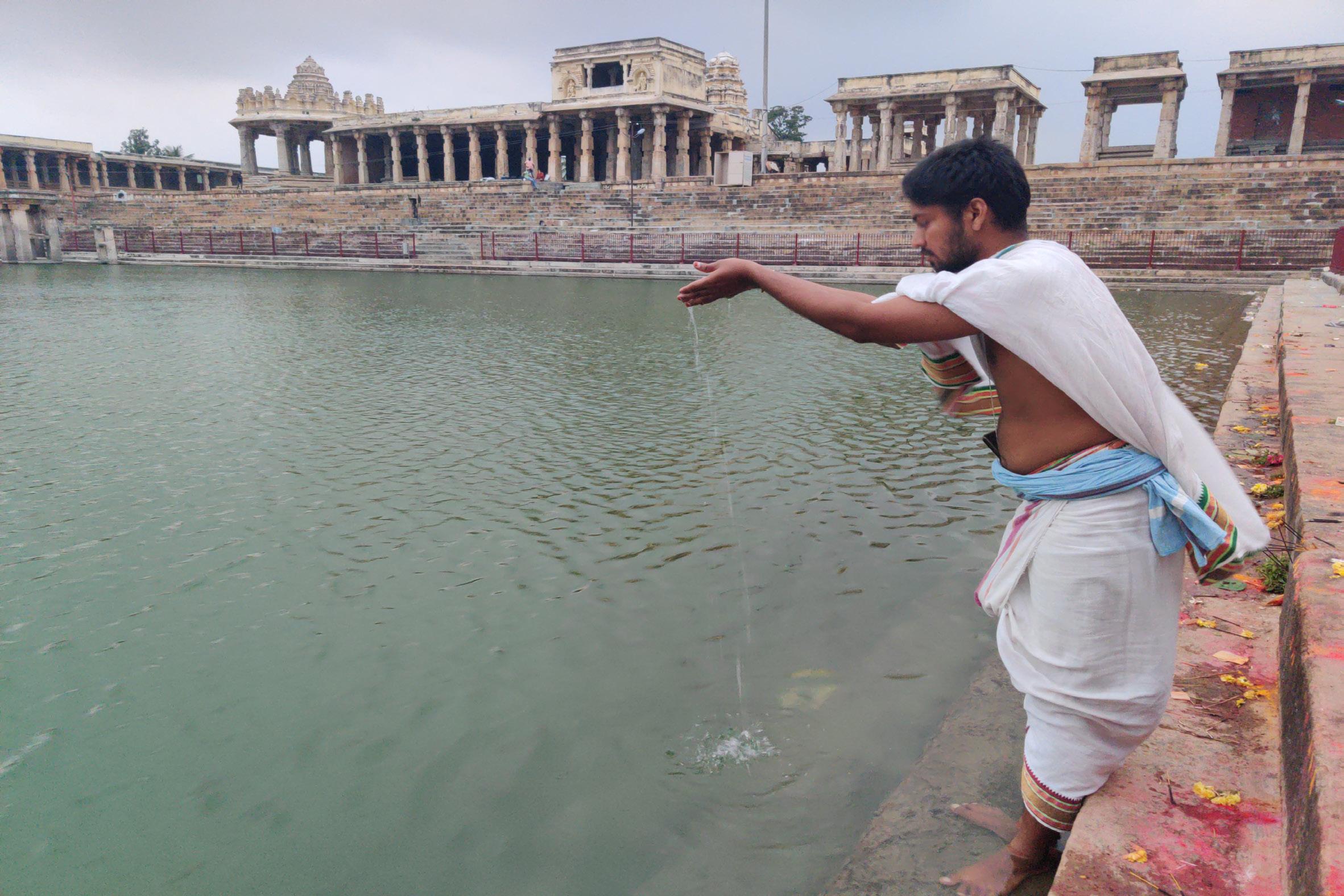
45








